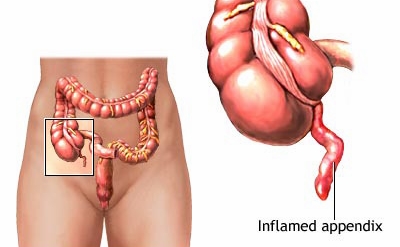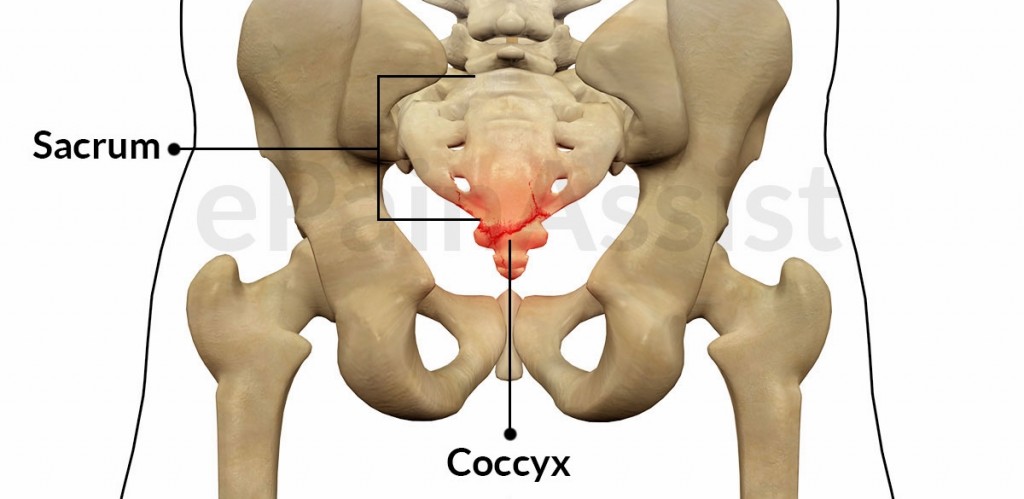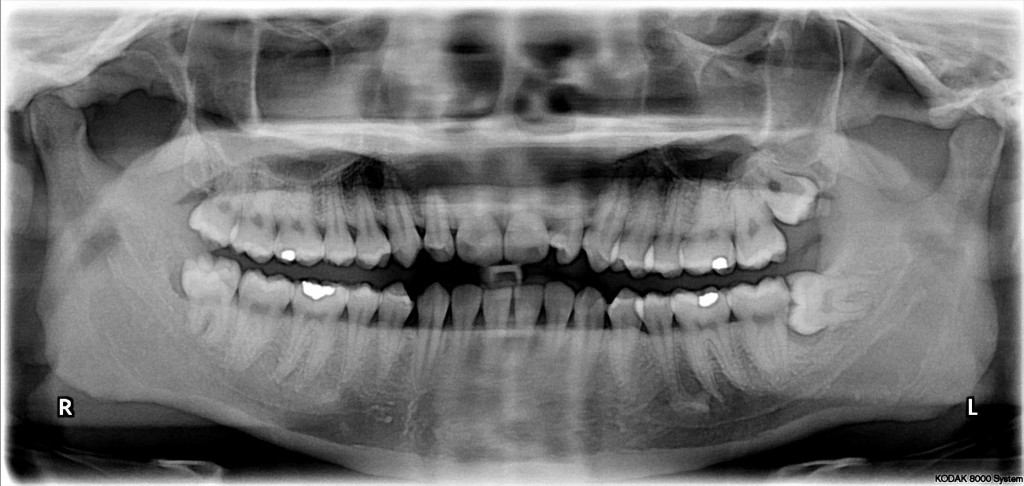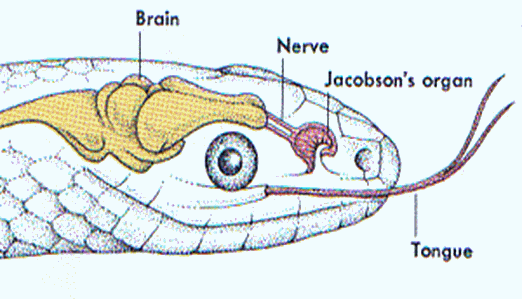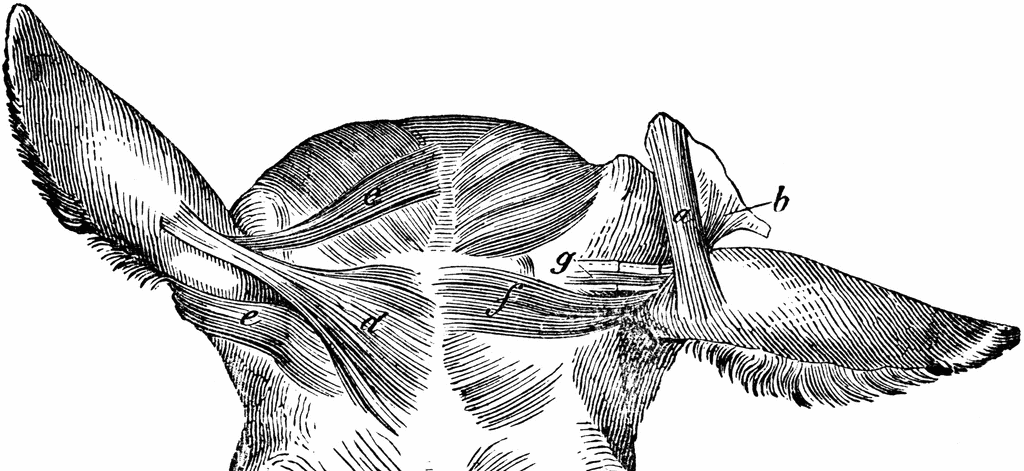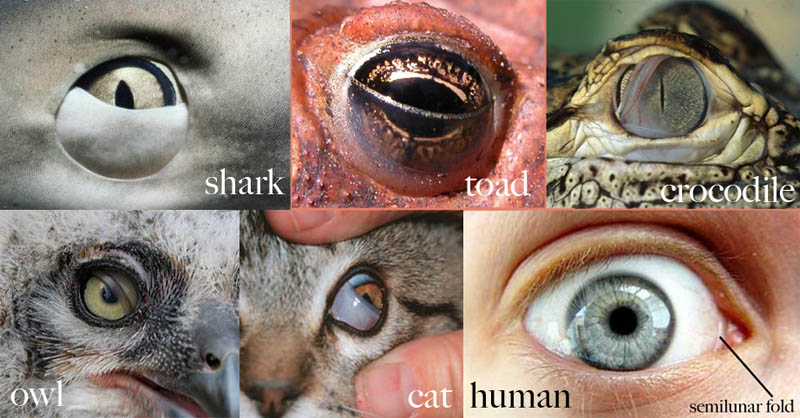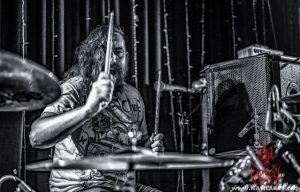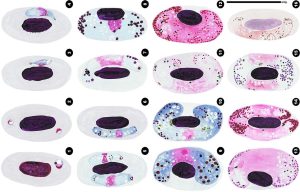Evolution & Vestigial Organs In Humans
Although none of the following vestigial anatomical things prove evolution has definitely occurred, they do add further strands of information supporting the other findings in the field of evolutionary biology.
1) Appendix
The most famous of all the vestigial organs in the human body is of course the appendix, that tiny-weeny bag that hangs off the large intestine. In animals that have to digest cellulose the appendix is much larger in comparison and entirely vital for survival.
There are some lines of thought that say the appendix may serve some other minor roles in modern humans, but not the one it first evolved to do.
It’s obviously not too vital, hence the reason it’s so small compared to herbivore versions and around 8% of people in the Western world get along without it just fine.
2) Coccyx
The coccyx, otherwise known as the tail bone, is indeed a little left over nubbin where our tails used to be. All mammals have a tail at some point in their development, whether they keep it or not. For humans the tail can be seen for about 4 weeks during our time as an embryo, it appears most prominently when the foetus is 31-35 days old.
Why has it hung around? It now serves as an attachment point for muscles, so despite having all but gone, it’s developed a secondary use.
3) Wisdom Teeth
Most people will know what a pain in the arse these guys can be. They turn up late for the party when there’s only standing room left and often have to be forcibly ejected from the premises.
It’s commonly postulated that ancient human jaws were longer to aid in the breakdown of more rough plant material. As diets changed jaw length shortened. Interestingly, not all humans have wisdom teeth anymore, no indigenous Tasmanian Aborigines have wisdom teeth, but 100% of indigenous Mexicans do.
4) Jacobson’s Organ (VNO)
This odd little organ, otherwise known as the vomeronasal organ (VNO), serves some pretty vital roles in non-human animals. It’s situated at the base of the nasal cavity and detects pheromones. The VNO is part of the accessory olfactory system, so it’s like a second smell, but instead of a rabbit sniffing the air and thinking “wow, fresh cut grass, let’s go!” it smells the air and goes “wow, I’m feeling frisky today”.
Hamsters with their VNO removed have a hard time even determining the gender of other hamsters in the vicinity, let alone responding correctly.
In humans the VNO does appear sometimes, but not always and the jury is divided as to how widespread it is. What is agreed is that even when the VNO is present in humans it’s not wired up properly to the brain so is effectively useless.
The VNO is present in pretty much all other mammal species, and is found in all the reptile and amphibian species that have ever been searched. Read more about Jacobson’s organ and the flehmen response here.
5) Ear Muscles
Many animals have the ability to move their ears around to better hear the sinister footsteps of potential predators from all angles. Humans still have remnants of these muscles, and some, with a bit of training, can flick their ears up and down a degree or two. When primates evolved the ability to move their heads in the horizontal plane, the ear muscles weren’t such a big deal any more. Over countless generations of not being positively selected by survival they slowly shrivelled away.
In many humans the muscle is attached to the ear but has literally no purpose whatsoever. There are actually a fair few of these redundant muscles in humans, including the Occipitalis Minor, the palmaris longus muscle, the levator claviculae muscle and the pyramidalis.
6) Eyes
The nictitating membrane is a clear membrane that many species can move across their eye ball to either clean it or protect it. In humans the plica semilunaris, a small fold of tissue on the inside corner of the eye, is the leftover vestigial remnant of this organ.
The plica semilunaris is by no means useless though. The plica helps maintain tear drainage via the lacrimal lake, and permits greater rotation of the globe.
7) Goose Bumps
When humans were much hairier the goose bump reaction would raise the body’s hair. This would have the function of making us look bigger if we were under attack from a predator (that’s why you get goose bumps when you’re scared). The other bonus of the goose bumps is to increase the amount of insulating air next to the skin when the temperature is a little nippy.
Now that we’re almost bald, goose bumps aren’t much use at all, unless you’re particularly hairy, and even then it will only help you in the latter of the two situations really.
8) Baby Grabs
The palmar grasp reflex in babies describes their natural propensity to grab your finger if you touch their palm. According to a study done in 1932, 37% of infants could support their own weight from a rod.
You might have also noticed that when seated a baby’s feet will curl in like a chimp’s feet at rest. In our evolutionary past these responses would have caused the little ones to clasp tightly onto our adequate hair. Nowadays it’s no longer necessary or possible to hang onto a mother’s body hair. Thankfully.
Those are just a handful of the vestigial bits and bobs that us humans cling onto. Like I said earlier, they’re not evidence for evolution themselves, but personally I find them intriguing. I hope you did too.

